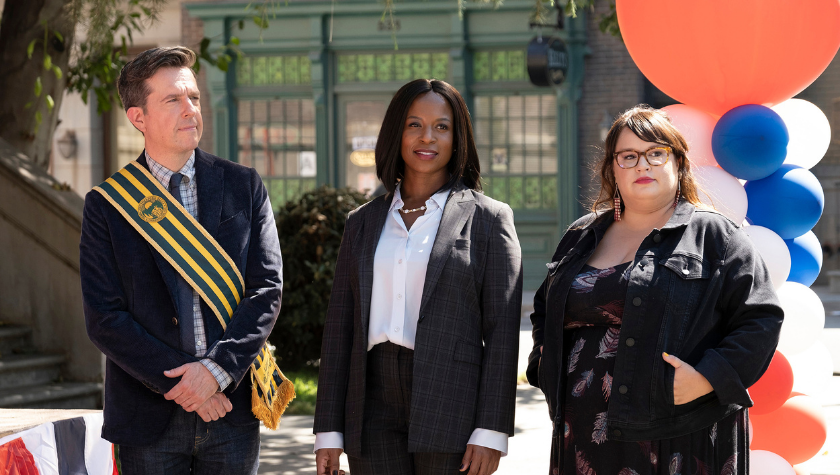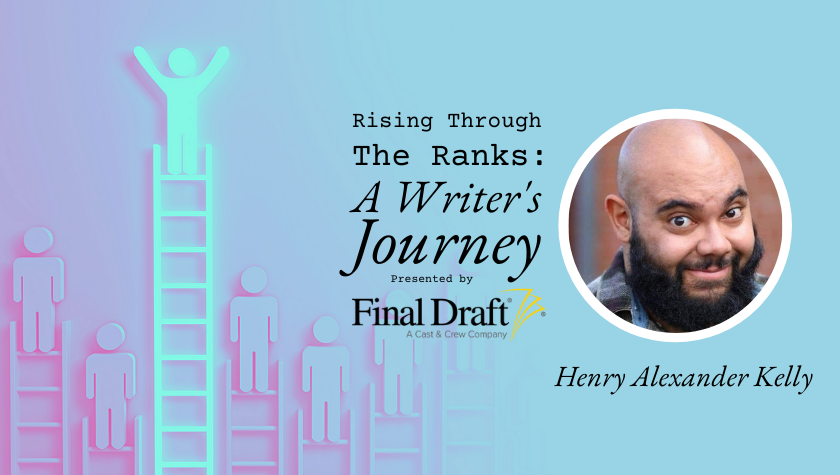Process: The Joy of Pain
June 15, 2022
That’s what we're all here to do, share our joy. By joy, I mean the thrill of illustrating our thoughts through writing with the intention of seeing them produced as works of theatrical art. You can agonize all you want about your aching back, throbbing fingers, strained eyes, and oh-so-tortured brains, but writing and creating stories is a thrill. Just like anything else worth doing, it is difficult. It is mentally and at times physically painful. But not only is the view from the mountain’s peak worth it, but the climb itself is also exhilarating. Overcoming the challenges we face, outward and inward, on the journey to make the thing, strengthens and educates us.
I’m not an advocate of pain for its own sake. Pain in and of itself doesn’t make for great art. Pain hurts. That’s why they call it pain. The joy we obtain from writing is in processing that pain and when I say pain, I mean the real, deep down sorrows. Maybe they stem from physical suffering like cancer or a car crash. But, of course, just as valid is the empathetic pain we feel for someone else’s cancer or car crash. The root of all drama is conflict and conflict is inherently painful.
Of course In comedy as well, the root of laughter is pain. As the great Mel Brooks said: “Tragedy is when I cut my finger. Comedy is when you fall into an open sewer and die.” Damn, that’s dark. I mean, if you actually see someone fall into a sewer and die in real life, that’s horrible! Think of their family and their possible contributions to society, all snuffed out by the neglect of some careless city worker or an extremely distracting TikTok video!
I find that help in the form of writing. Considering the amount of money I’ve paid for contests, software and hardware over the years, I can’t definitively say whether it's cheaper than therapy, but I’ve found it to be miles more effective. I don’t write about pain and trauma because it makes entertaining stories. I mitigate and treat my pain by transforming the trauma that caused it into entertaining stories. It’s not that I want to make light of my pain and trauma. I want to share it with the world in a way that will be helpful and actionable. I find that the media that best educates and enlightens me while allowing me to feel safe and even comforted is theatrical, specifically TV and movies.
Watching someone else’s production gives us moments of recognition, shared experience and emotions that validate our worst fears and pain. They let us know we’re not alone. The only thing that can possibly top that, and maybe even help HEAL our pain, is to write and produce our own stories.
The safe approach
Approaching painful subjects safely is key. If you’ve experienced trauma it doesn’t make sense to retraumatize yourself to the point of dysfunction. Not only do you risk causing further damage to yourself or your loved ones, but the art itself will also suffer. Work clean. Find distance. Create guardrails and safety mechanisms. Explore the darkness to the point where you feel most pain but know your limitations. It takes some doing but gets easier as with all things.
A good check on whether you're entering personally unsafe territory is to keep in mind how you want the art you make from pain to affect others. Be aware that you are not making art solely for yourself. You are making something that will be viewed by millions and exist for eternity (that’s the goal anyway), so keep that in mind when you're spilling your entrails out on the screen.
I’m definitely not saying you need to sanitize events. I’m sure Gaspar Noe and Eli Roth got the note to “dial it back a little” more than a couple of times in their careers, but either they didn't listen or there’s even more gruesome stuff on the cutting room floor we really don’t want to know about.
You are your own audience. If you feel comfortable exposing your darkest darkness to the world no matter how many people will be turned off, sickened or enraged by your vision, do you. You’re under no obligation to reign it in, just as you’re not obligated to share any of it at all. Personally, I find joy in walking the highwire act, finding the balance between scaring the shit out of the audience and allowing them to laugh, sometimes at equally scary shit that will make them question their own value system. That’s me. Please do you.
Even if you write fluffy rom-coms, I’ll betcha dollars for donuts you’re also processing some pain there. How many of those Hallmark stories involve a dead spouse or child? The heartbreak of the bank foreclosing on the candy store grandma opened generations ago is the main plot point of the snow-sparkly Christmas romance the plucky young shopkeeper will be swept away when the dashing real estate attorney who just moved into this quirky little town happens to have a thing for caramel turtles. Losing your family business is tragic! The stakes are real, dammit, and check out the shoulders on that lawyer.
We’re all going through a lot. It’s funny how previous generations always loved to lord over us how bad it was back in the old days when there was war, disease, violent crime, political strife, mass poverty and struggle for basic human and civil rights. I’m so grateful they solved all these problems for us so we could grow up in this idyllic, peaceful, free society. And it’s so much warmer now, so thanks for that too!
Life is pain. Art is life. Now go write your joy.
Written by: Chris Pittas




